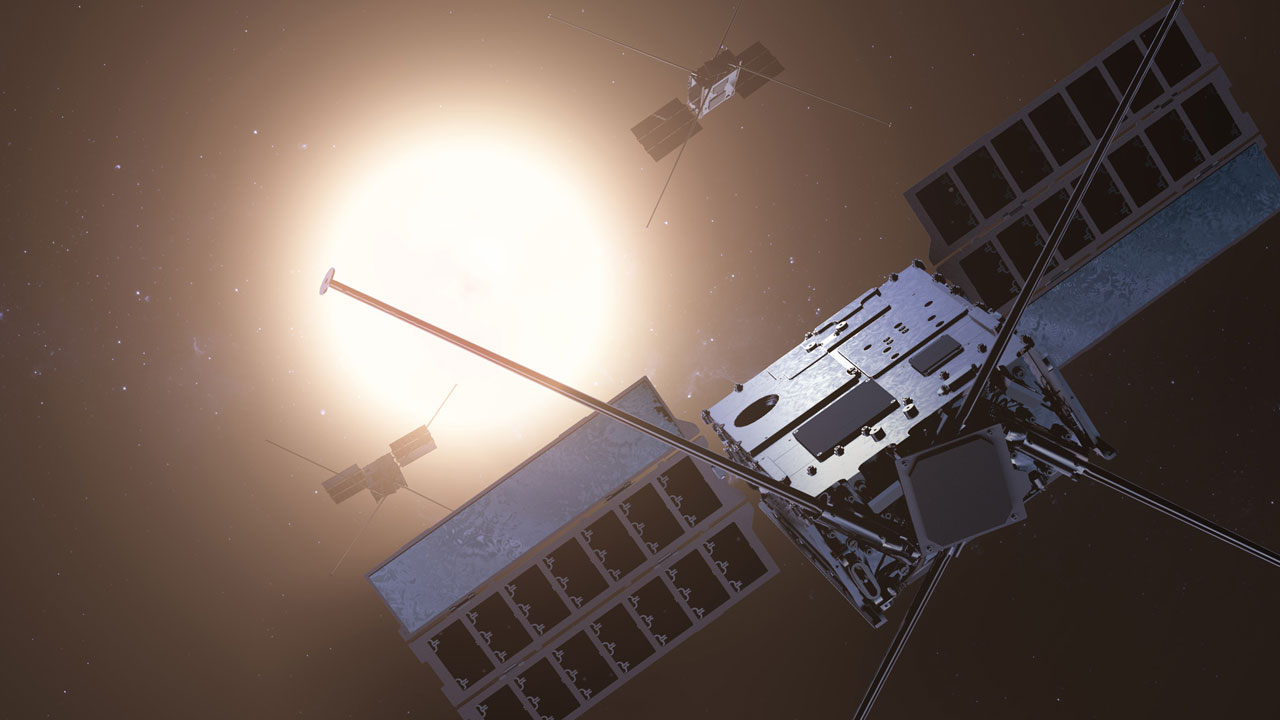SunRISE: NASA's tiny satellites will form giant radio telescope to study space weather

NASA's Sun Radio Interferometer Space Experiment (SunRISE) - an array of six toaster-size satellites, will launch into orbit around Earth no earlier than 2024 to study space weather. The spacecraft will orbit within 6 miles (10 kilometres) of one another above Earth's atmosphere to act like a giant single-aperture radio telescope.
The satellite constellation will use a method known as interferometry, an innovative technique in which many smaller radio telescopes can be combined to mimic a single, much larger observatory with unprecedented resolving power.
The mission will closely study low radio frequency emissions to help scientists better understand how the Sun is able to generate intense space weather storms - called solar particle storms - which pose considerable risks to both spacecraft and astronauts. The insights garnered will help scientists forecast space weather, improve our understanding of the Sun's work, and may apply to studies of other stars.
SunRISE will create detailed 3D maps of where energetic radio emissions occur in the Sun's magnetic atmosphere - the locations of extremely powerful bursts of radiation. The mission will provide critical data to unravel what triggers these events, how the particles are accelerated, and the ways in which particle storms evolve.
Additionally, the mission will measure, for the first time, the intricate magnetic field lines extending from the Sun's core into the expanse of interplanetary space.
SunRISE will beam the invaluable data down to Earth, using an efficient mode of NASA's Deep Space Network (DSN) that allows multiple spacecraft to transmit their data to the ground simultaneously.
An array of SmallSats working together to create a huge radio telescope in space?This isn't science fiction: It's SunRISE. Join us for a live chat on Aug. 24 at 7pm PT (10pm ET) to learn more about this mission. https://t.co/BwsJ0ETnZN pic.twitter.com/Vpryp6LmHx
— NASA JPL (@NASAJPL) August 22, 2023
- READ MORE ON:
- NASA SunRISE radio telescope
- NASA SunRISE CubeSats
- space weather










